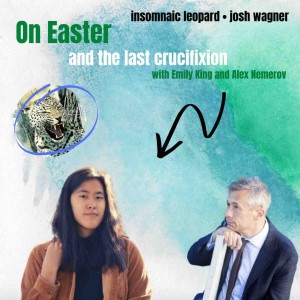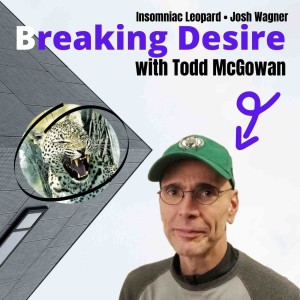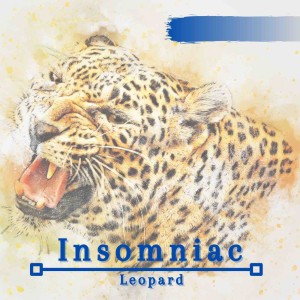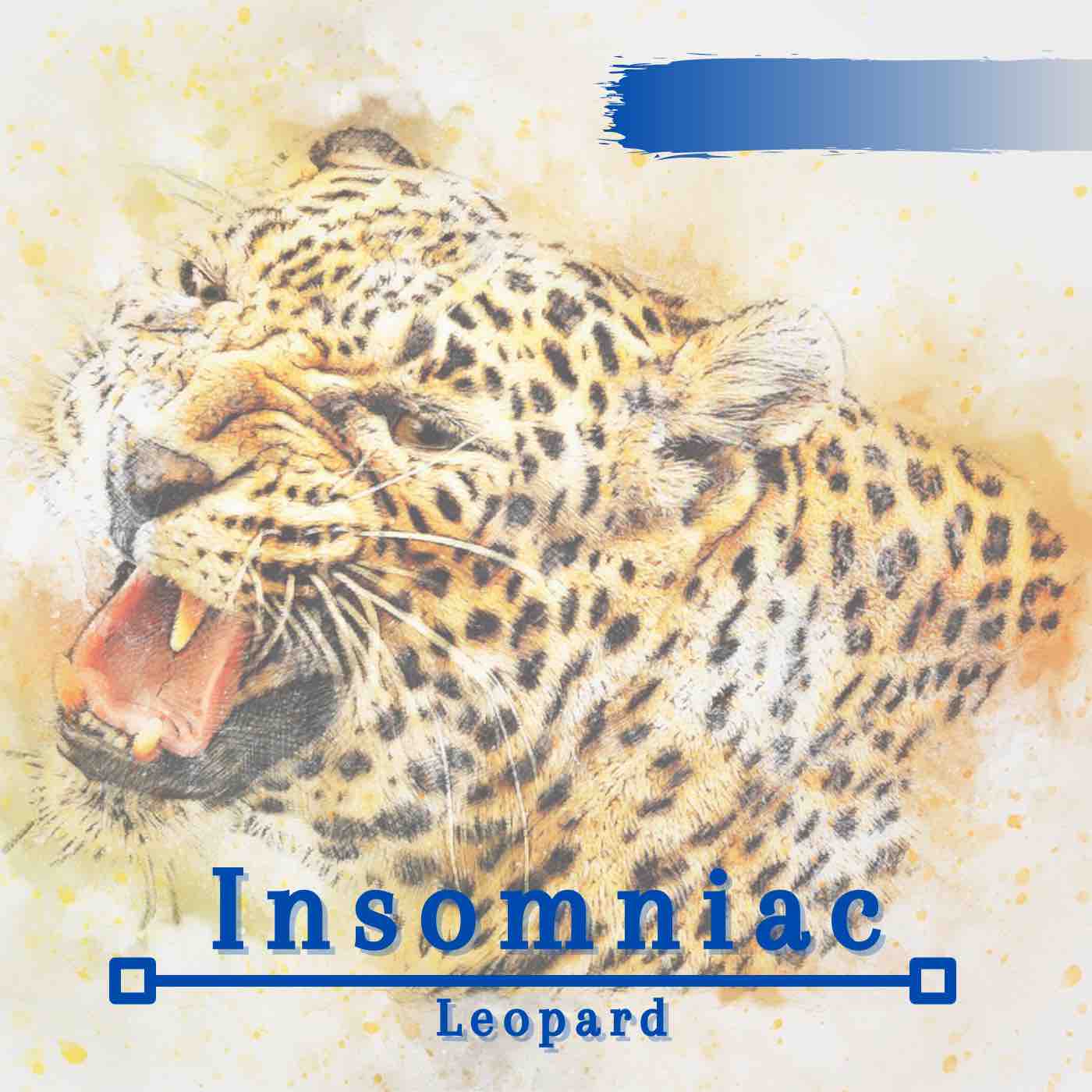Episodes

Tuesday Apr 06, 2021
On Easter and the last crucifixion with Emily King and Alex Nemerov
Tuesday Apr 06, 2021
Tuesday Apr 06, 2021
The feast, the real, in some sense, comes to us in hallucinations. I love that as a definition of faith.
Ever since I read Moby Dick, I’ve been obsessed with circles and middles. That particular novel has a strikingly memorable beginning and ending––fodder for Jeopardy clues and New York Times allusions. But, what of the extended middle? Why is there a chapter on the whiteness of the whale? Why does it take so long to move across the Atlantic? Why does something as straightforward as a whale enfold such lengthy depths? And, most pressingly for me, why does Ahab embark on a conditional wrestling match with the sun, as if he could contain it?
This week’s episode is about containment––what is and is not contained by the space of a life. With the death toll from the COVID-19 pandemic rising each day, what is left to grasp onto in the hangnails of these times? Melville’s literary dictionary grasps onto the thudding heaviness of the everyday, contrived by a singular mission. But, in such times, I wonder how best to grasp onto the lightness, and grab it in its fleeting, leaping, thick forms. For me, lightness entails an absence and a touch which implies a seriousness, without devolving into brute heaviness. Or, as Peter Sloterdijk diagnoses: “In reality ... the heavy has turned into appearance— and the ‘essential’ now dwells in lightness, in the air, in the atmosphere.”
To answer this question (which may be The Question of our times), I turn to Alexander Nemerov and Emily King, two frequent interlocutors of mine. In this episode, we talk about distance, the uncanny, and the absences through the figure of Diego Velazquez’s Cristo crucificado (1632).
What is conveyed through the deadened form of Jesus? Why does he hang there, studded to the geodesic cross? His deflated posture implies both a distance and a closeness; the life-size nature of the painting drawing us into his straightened form. Amid his 150-page ekphrastic poetic cycle on this painting, Miguel de Unamuno writes: “Of what are you thinking, my dead Christ? / Why does that heavy veil of night, your abundant black hair, fall on your forehead?”
That opening “of” hangs menacingly off the line, an open preposition that cannot be settled by the content of the poem, or the painting. In his Washington Post review of Nemerov’s latest monograph, Philip Kennicott inscribes the “[v]iolence [that] surrounds us and corrodes discourse, and the basic structure of democracy, capitalism and America constrains the equal pursuit of happiness,” before asking: “How do you praise lightness without aligning yourself with the social forces that produce lightness — often privilege and wealth, or some extraordinary grace of manners, luck or temperament?”
If, as King Lear suggests, nothing springs out of nothing, where does this light-something emerge? When does the lunatic cycle of the same permit something new? Something unrehearsed? Something unpredictably small as to barely be noticed in the first place?
Tune in to find out as we scramble at the outskirts of these questions!
If you have any night terrors, comments, anxiety-induced poetic outpourings, or ideas about the show, please reach out to us at insomniacleopard@gmail.com!
•••••••
Links to Alex's fantastic books: Fierce Poise (2021), Experience (editor, 2018), Ralph Eugene Meatyard: American Mystic (2017), Summoning Pearl Harbor (2017), To Make a World: George Ault and 1940s America (2011), The Body of Raphaelle Peale: Still Life and Selfhood, 1812–1824 (2001)
Alex's Ardent Fascination: Harold Fredric's The Damnation of Theron Ware
Emily's Ardent Fascination: The Bible
Emily's Twitter
Other notable mentions (chronologically): Diego Velázquez' Cristo crucificado (1632), Francisco de Goya's Cristo crucificado (1780), Francisco de Zubarán's Cristo crucificado (1627), Rogier van der Weyden's Descent from the Cross (1432), the Cosmic Christ, Tom Eliot's Preludes (1917), Lucas Cranach the Elder's The Crucifixion (1538), "Art is Not an Archive," David Blaine's underwater lifestyle, metapictures, Salvador Dali, Dorothy Day's The Long Loneliness (1952), Romano Guardini, Schubert's Lieder (1810-28), Russian Matchgirl, Simone Weil

Sunday Feb 21, 2021
Breaking Desire with Todd McGowan
Sunday Feb 21, 2021
Sunday Feb 21, 2021
The thing that annoys me is actually very linked to what I love about a person.
When did the world become so safe? Between location monitors, surveillance devices, enclosed spaces, and the usual gambit of earth-shattering disasters, it has been increasingly difficult to be injured by the unknown for the unknown has been cancelled. In the safe isolation of our homes, surrounded by the smooth edges of the latest smartphones, it might seem as though nothing jagged, sharp, or otherwise dangerous pervades our worldview. As Byung-Chul Han suggests, we live in Jeff Koons’ world, where the only meaningful reaction we can elicit—to anything!—is a simple “Wow.” The smooth does not require any thinking, interpretation or reflection, remaining perpetually infantile, disarming, and interesting. Smoothness cannot shake, injure, or shock you. Debate and contradiction are erased in the totalizing nightmare of the present. But, as anyone currently alive can attest, that aesthetic of safety—akin to the theatrical performances of TSA officers—does not forestall real danger. Rather, the danger has gone underground, become assimilated into a larger ideological semblance of the social.
In this episode, Josh sits down with Ohio-native Todd McGowan, an interdisciplinary professor of English (by appointment) and Film Studies (by inclination) at the University of Vermont. For Todd, dissatisfaction and fracture are at the heart of Hegel’s (and our modern) conception of desire, universality, and thinking itself. While we often believe that we enact our desires, this is a fiction! Like the Freudian symptom, desires act as a self-perpetuating cycle, always preferable to have rather than to achieve. As soon as one desire is satiated, the floor drops out as we begin to desire another object in a positive feedback loop. Where do desires come from, and how can they end? Is desire necessarily a product of our capitalist moment? Can there be another way of existing where we are not tied to unfulfillable desires? Are the contradictions at the heart of desire really that debilitating?
At the heart of these questions is a concern for our collective imagination and the future. Is it possible to retrain our brains and re-orient our lives towards an aesthetic of dissatisfaction, one which expects nothing from the gimmick and actually—amazingly!—receives nothing.
If you have any night terrors, comments, anxiety-induced poetic outpourings, or ideas about the show, please reach out to us at insomniacleopard@gmail.com!
•••••••
Links to Todd’s fantastic books: Universality and Identity Politics, Emancipation After Hegel, Only a Joke Can Save Us, Capitalism and Desire, The Impossible David Lynch
Todd’s Ardent Fascination: Johann Gottleib Fichte’s Foundations of the Science of Knowledge
Todd’s YouTube channel
Other notable mentions (chronologically): Fichte, Georg Wilhelm Friedrich Hegel, Maximilien François Marie Isidore de Robespierre, Louis Antoine de Saint-Just, Walter Benjamin, Emmanuel Levinas, Jean-Paul Sartre (notes on Sartre's Nausea courtesy of Thomas Sheehan), Forrest Gump, Saving Private Ryan
The Benjamin quote Todd refers to: “The room we have now will be just the same in the world to come; where our child lies sleeping, it will sleep in the world to come. The clothes we are wearing we shall also wear in the next world. Everything will be the same as here—only a little bit different. Thus it is with imagination. It merely draws a veil over the distance. Everything remains just as it is, but the veil flutters and everything changes imperceptibly beneath it”

Monday Feb 08, 2021
On the Death of Forever with Tom Moynihan
Monday Feb 08, 2021
Monday Feb 08, 2021
Say you want to destroy the universe, you have to be 100% sure that your moral axiology is right because you’re removing the very ability for you or anyone else to ever correct it.
When did forever die? When did the sense of a never-ending present emerge? A present in which the past looms all too large as the future seems cut off? History just doesn’t work like it used to in 1968, 1977, or even in 1888––we live, to borrow Sepp Gumbrecht’s eerie phrase in “the broad present.” Or, alternatively, we simply live in the twisted twentieth-century vision of the future, one which Mark Fisher thinks has failed to live up to its initial utopian Vision. In other words, why does it seem like nothing happens anymore, that there are no notable events, no possibility for change?
In this inaugural episode, Josh sat down with Tom Moynihan, a research contractor at Oxford’s Future of Humanity Institute, one of a handful of such research projects which seek to conceptualize the existential risks to humanity’s survival and ask how/why humans can survive. For Tom, while values may be an implicit part of human life, specific values can only ever be contingent. There is no outside force which will legislate the eternal recurrence of specific moralities, beliefs, or dispositions. What’s here is here and so, how do we live our lives differently acknowledging this contingency? Does knowing that climate change is fast-approaching, that the COVID-19 virus may infect us any day, or that the human race will be extinguished long before the death of the earth change our behavior at all?
At the heart of these questions is a concern for novelty and newness––how can anything different emerge among the blanched repetition of the same? While it is possible for any two people, ideas, or constructs to encounter one another in our increasingly globalized and Zoomified world, actual connection and interactions seem fitful. Rather than adhering to a “principle of plenitude,” such a false promise of freedom creates a regime of flat similitude where anything is justifiable and allowed. In Xenogothic’s words: “Do we really want what we say we want? Do we want 'sugar' or excitement? Do we want energy to work or to dance? What’s the difference? Does it matter?”
If you have any night terrors, comments, anxiety-induced poetic outpourings, or ideas about the show, please reach out to us at insomniacleopard@gmail.com!
•••••••
Links to Tom’s fantastic books: Spinal Catastrophism and X-Risk
Tom’s Ardent Fascination: Milan Ćirković’s The Great Silence
Other notable mentions (chronologically): Derek Parfit’s Reasons and Persons, Toby Ord’s The Precipice, Jane Bennett’s Vibrant Matter, Anders Sandberg, Iosif Shklovsky, Peter Wolfendale, Günther Anders, J.D. Bernal, Pierre Teilhard de Chardin, J.B.S. Haldane

